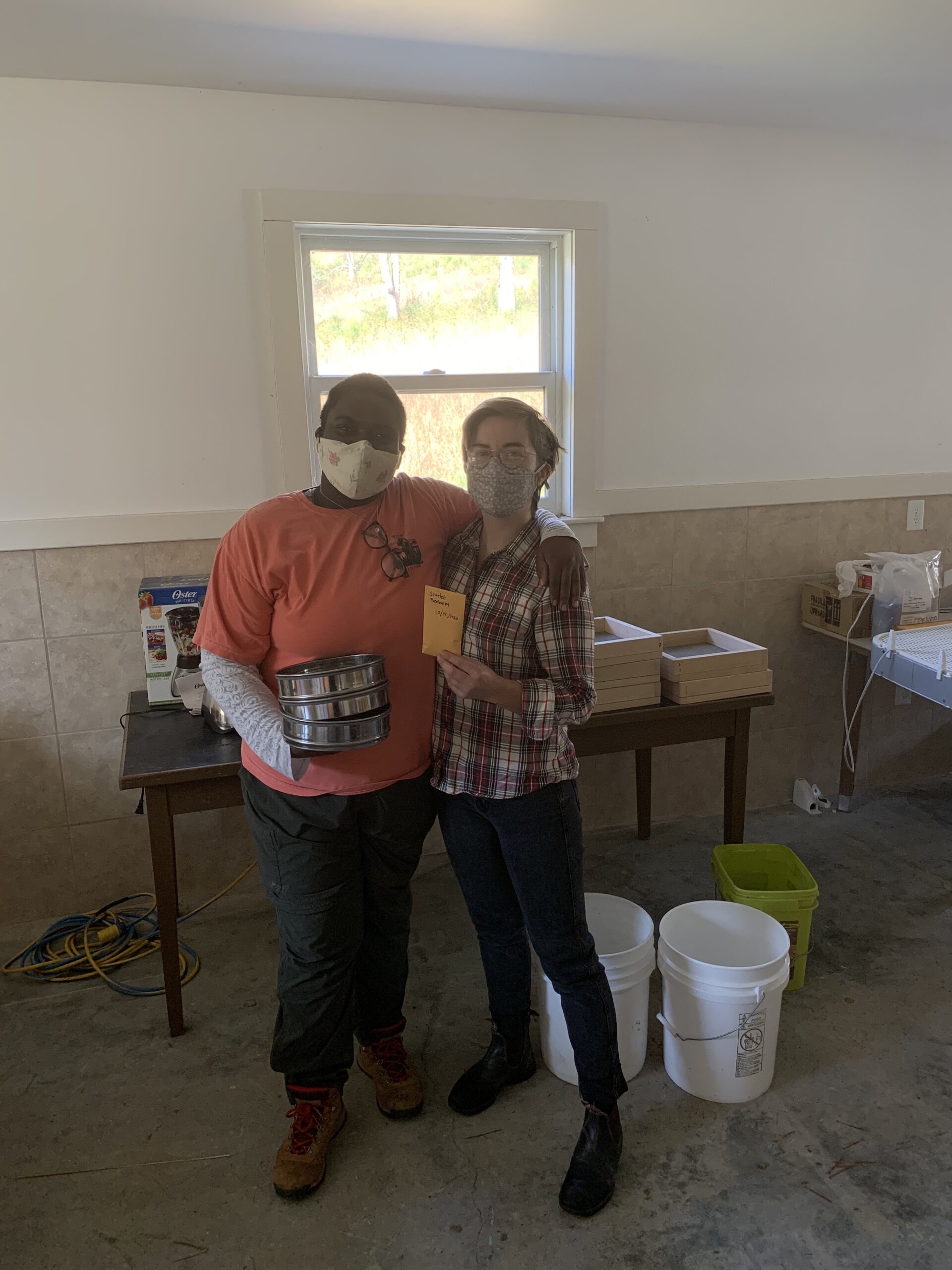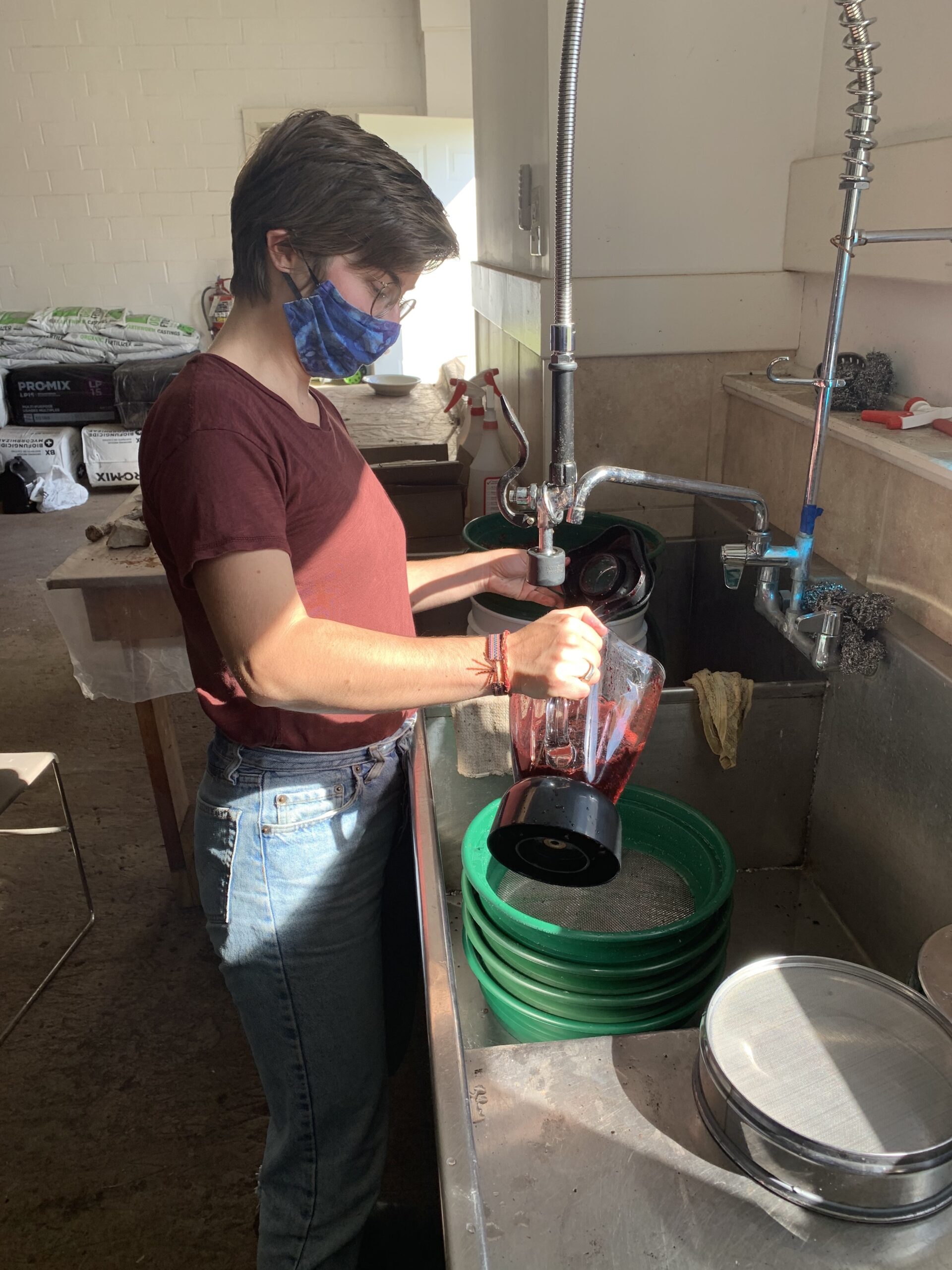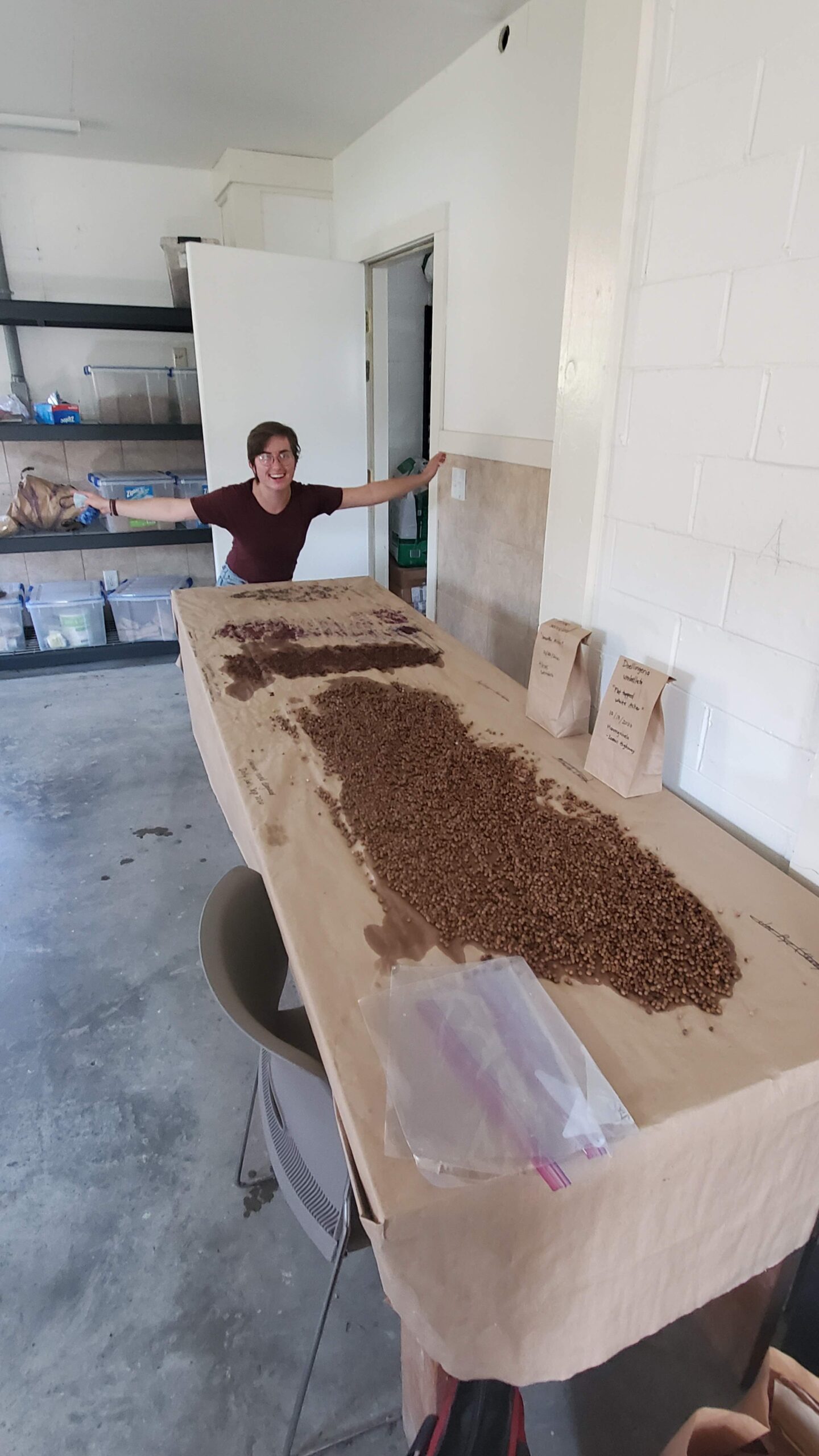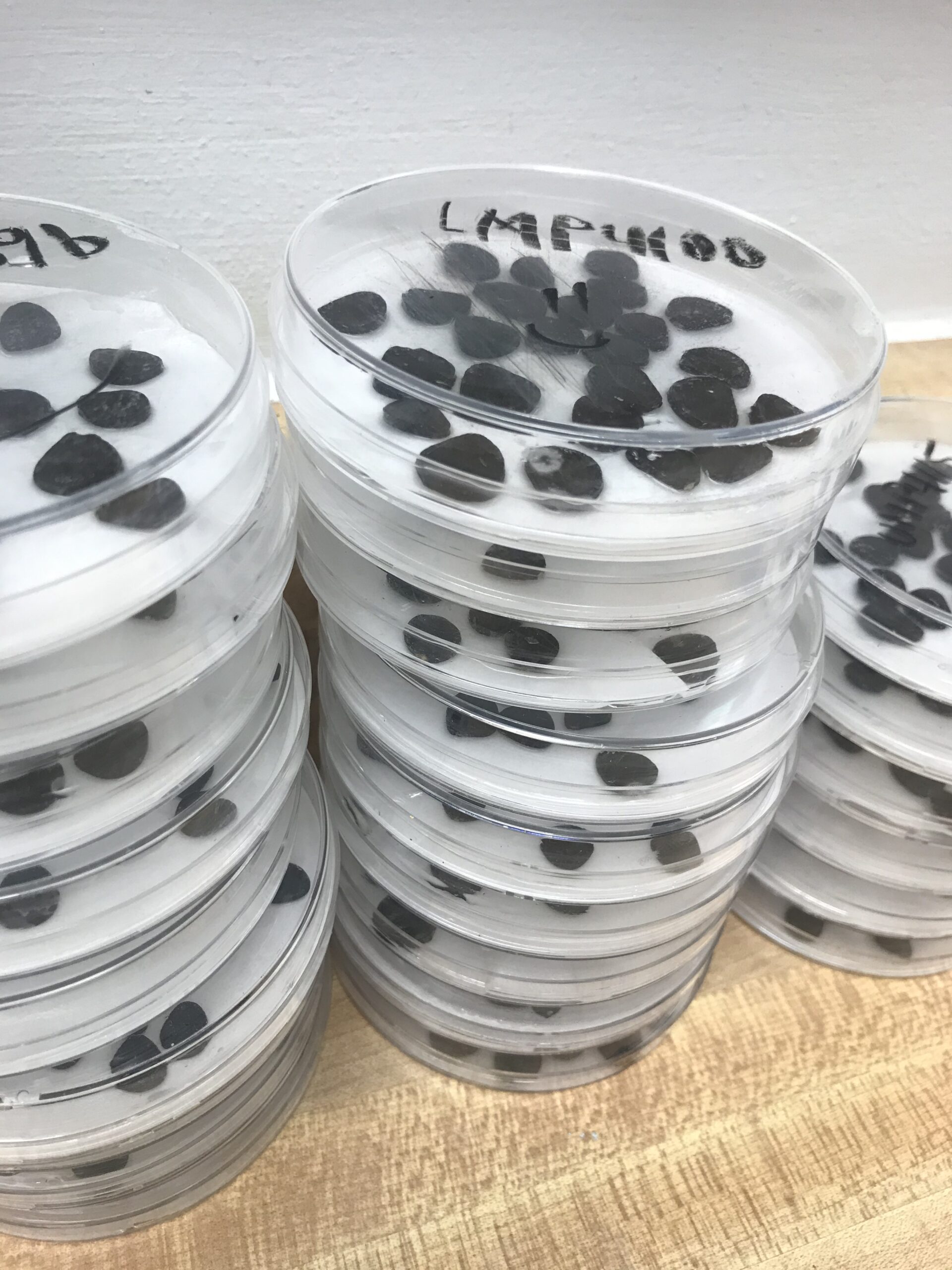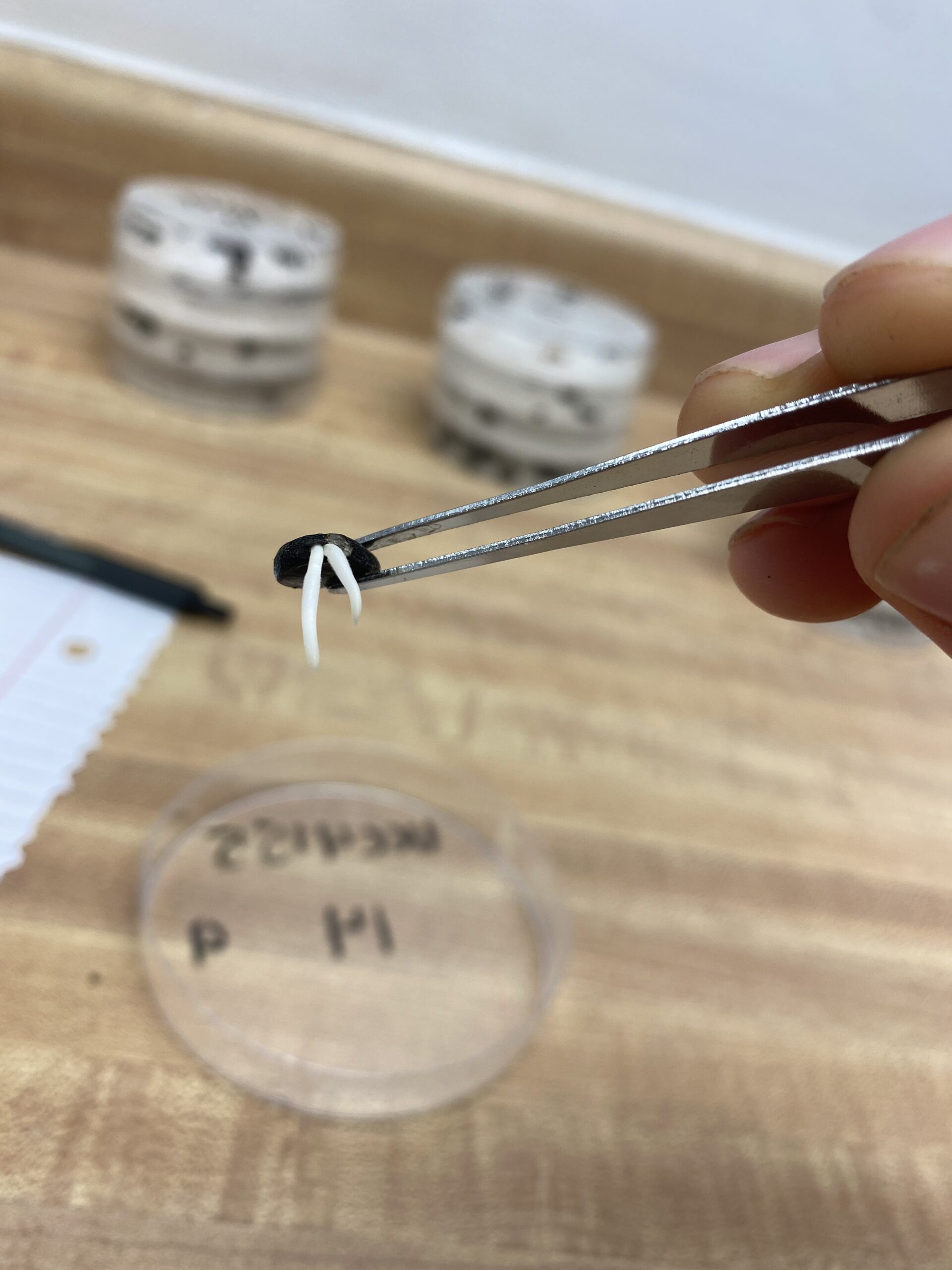I can’t believe my time with the BLM is coming to an end! It seems like I only just got to Boise, and now I am embarking on a road trip back home to Austin. I am currently writing this post from Ohlone land, in the ancestral territory of the Muwekma and Ramaytush Ohlone (otherwise known as San Francisco). I have also been wrapping up some data management and writing for the office remotely the past couple of weeks.
Even though it seems like time has flown by this summer, I leave Idaho with so much new knowledge and excitement. While I started this internship with no prior experience in the sagebrush steppe and with minimal exposure to land management, I leave acquainted with the plants of this ecosystem and feeling much more prepared to continue this work in the future. Towards the end of my internship, I even met a former CLM intern who was just hired for a full-time position in my office. It was so sweet to chat about our experiences in the program and spend time in the field together.
Even with COVID posing unique challenges, I still experienced a wide variety of life in a BLM field office: from conducting veg surveys and searching for rare plants to fence construction and riparian assessment to data analysis and writing reports. I was also able to meet permittees and see what it is like to do community outreach in the field office. I even tagged along with our geologist to experience the mineral program. I am so glad for the opportunity to intern with such a welcoming group– my mentor and all of my coworkers were so incredibly kind and knowledgeable and made me feel truly like a part of the team. It was great to work alongside them and learn about all the different parts of the field office.
The past five and a half months have been a period of growth and challenges. In such a turbulent time filled with national and international grief and uncertainty, I am incredibly grateful to have been employed doing work that I love and find meaningful. I will miss the views of the mountains and working with the plants of the high desert. Idaho is a beautiful place, and the Owyhee Field Office had so many sites to explore and plants to meet! I hope that I will be able to come back and visit in the future. Next year’s Botany conference will be in Boise (hopefully, although who knows with COVID), so I might be back in the summer.
I am not yet sure what is in store for me over the next few months, but I fully intend to spend it with loved ones and botanize as much as I can.
Until then,
Lili

